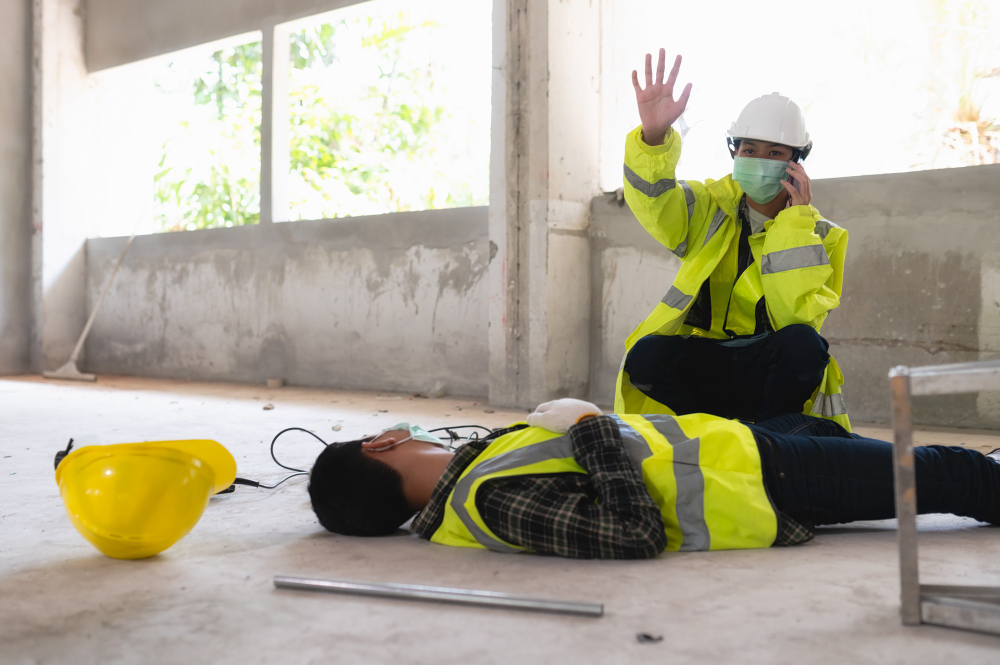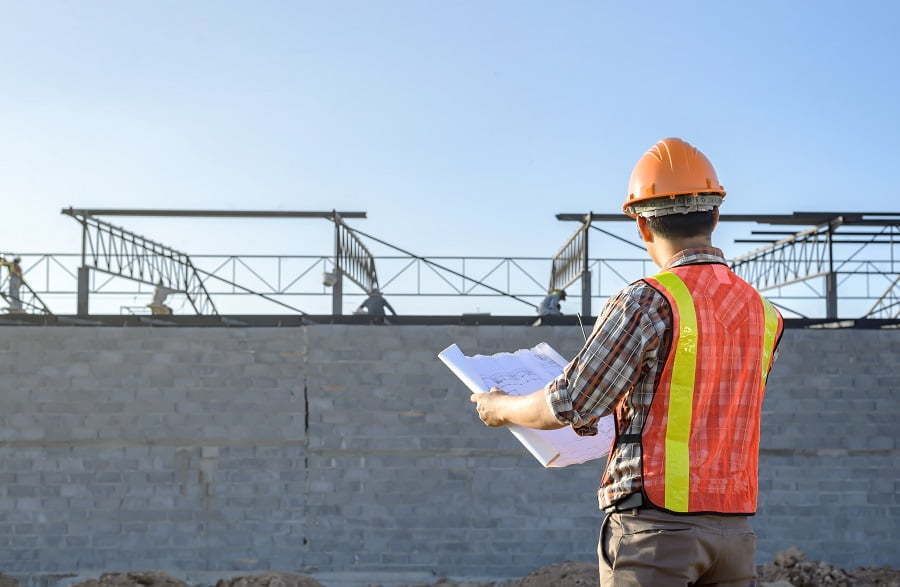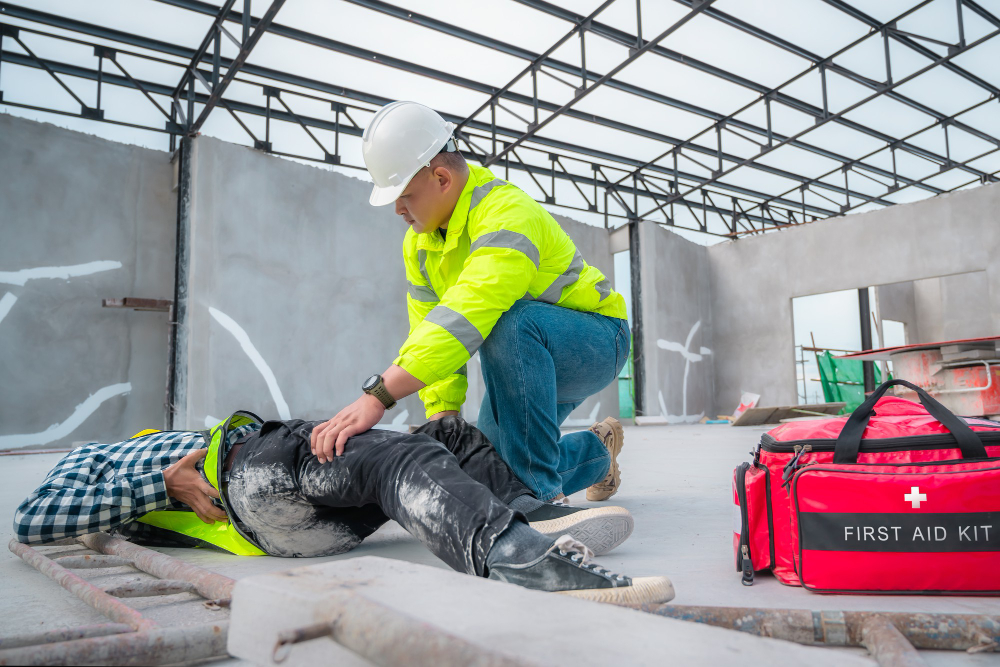Last updated on
Do you want to protect your employees from injury while they are performing their daily tasks?
Heavy lifting is a common duty in many work environments, but it can also be a dangerous one if safety techniques are not followed. It’s essential that employers stay vigilant and create policies and procedures which help ensure the safety of their workers.
This blog post will discuss some effective strategies for safe heavy lifting in the workplace so that you can provide your employees with an accident-free environment where productivity thrives.
Understand the Importance of Proper Lifting Technique

It’s all too easy to disregard the importance of correct lifting techniques, but doing so can have serious consequences for workers. Not only can it lead to short-term discomforts, such as back or shoulder pain, but it can also lead to long-term, chronic injury that can impact an employee for life. This can be devastating for them both physically and mentally.
Employers have a responsibility to protect their workers, which is why it’s crucial to ensure that employees receive proper training in lifting techniques. By doing so, not only are you protecting your employees, but you’re also protecting your business from unnecessary absences, medical bills, and liability costs.
It’s a win-win situation for everyone involved, so the importance of upholding the correct lifting technique cannot be overstated.
Demonstrate the Correct Form for Heavy Lifting
Ensuring that you have proper posture is key to avoiding injury. First, stand with your feet shoulder-width apart, keeping your back straight and your shoulders back. Next, bend at your knees, not at your waist, and keep your head up.
As you lift, use the strength in your legs, not your back, and exhale as you lift the object. Remember to keep the object close to your body as you carry it, and avoid twisting your torso. With a little practice, you’ll be lifting heavy objects with ease and confidence.
Explain the Benefits of Using Assistive Devices
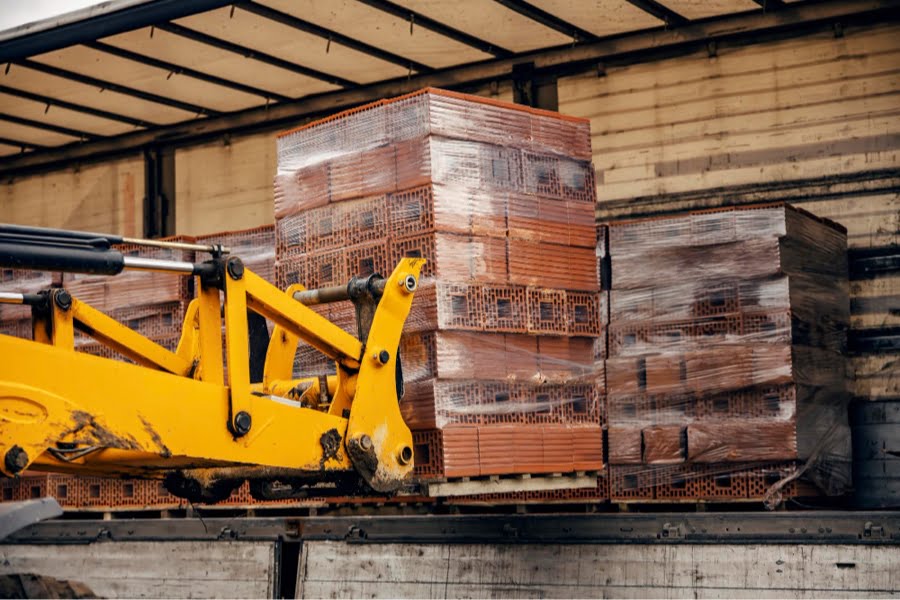
Assistive devices have become an integral part of any workplace where lifting heavy objects is a regular occurrence. These tools, such as hoists and slings, can greatly benefit workers by reducing the physical strain and risk of injury associated with manual lifting. They also allow workers to operate with greater efficiency and speed, ultimately increasing production levels.
As an added bonus, the use of assistive devices promotes a culture of safety in the workplace. One of the solutions comes from RUD Australia, a company that recognizes the importance of these devices, offering a range of lifting and lashing solutions tailored to meet a variety of needs.
It’s important that employers take the initiative to provide their workers with access to these devices and to encourage their usage. This can not only save costs associated with workplace injuries but can also improve the overall quality of life of their employees.
Promote Proper Communication on the Job Site
By communicating properly with your team, you can work together to avoid any potential safety risks associated with lifting heavy objects. Make sure to discuss the weight of the object beforehand, assess its location and surrounding area, and ensure that everyone is ready before beginning the lift.
It’s also important to have an action plan in place for any emergencies that may arise. By taking these simple steps, you can promote a safe and efficient work environment, and build stronger relationships with your colleagues.
Highlight Safety Regulations and Precautions
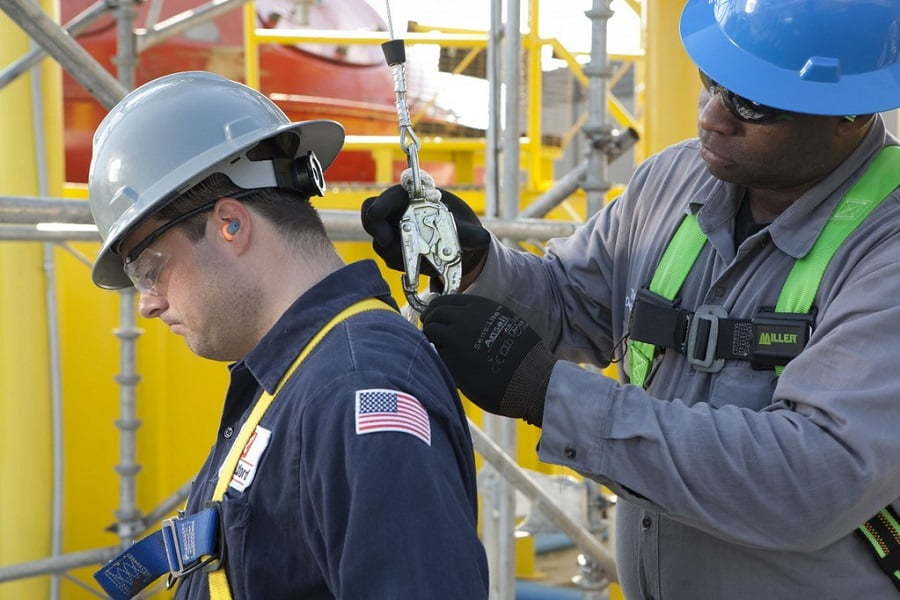
It is important to understand and abide by the regulations and precautions that are in place to protect yourself and those around you. This means wearing the proper safety gear, using equipment correctly, and never trying to lift something that is too heavy for you.
Rules and regulations exist to keep us safe, and it’s crucial to follow them closely. By doing so, you can ensure that your workplace remains a safe environment for everyone.
So don’t underestimate the importance of safety precautions when it comes to lifting and working with heavy objects. It could be the difference between a good day at work and a serious accident.
Provide Resources to Help Employees Stay Safe
There are plenty of resources available to help employees stay safe while on the job. Videos, articles, and diagrams are just a few of the ways you can find information on safe heavy-lifting techniques.
Maybe you’re looking to brush up on your skills or you’re a new employee just starting out. Either way, these resources can provide valuable insight to help you protect yourself and others while on the job. Stay safe out there!
Heavy lifting can be tough and sometimes dangerous, so it’s essential for workers to take the necessary precautions and remain vigilant.
By following these simple guidelines we ensure that our workplaces are safe. It’s up to all of us to use proper techniques and follow protocols in order to keep everyone around us in optimal health while they work hard under difficult conditions.
Related reading:
Table of Contents
